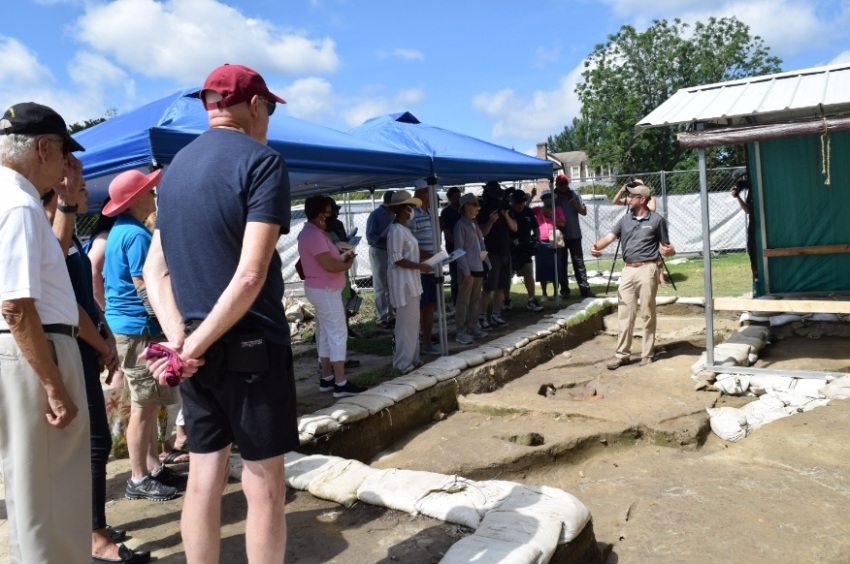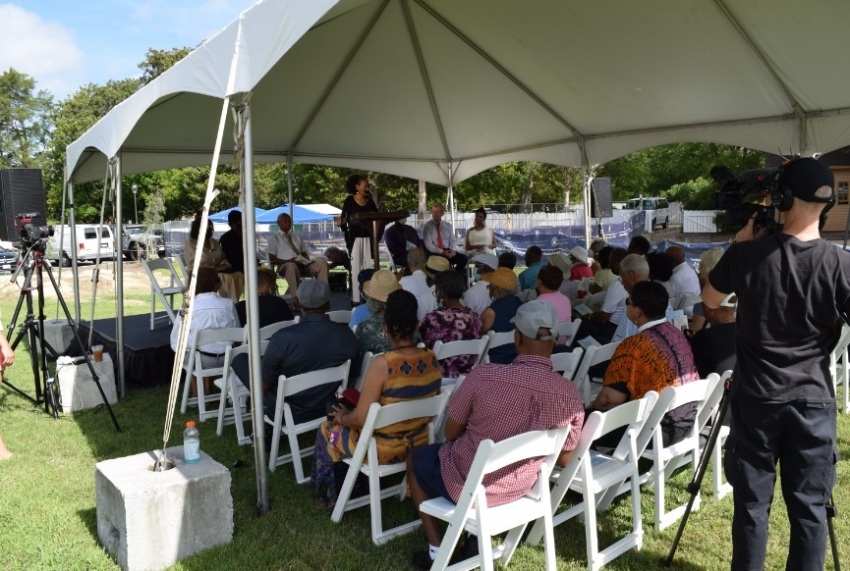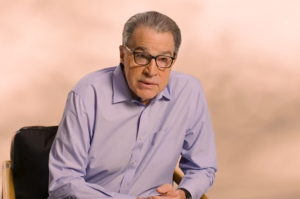Excavation work begins on graves at ruins of early American black church

Excavation has begun on graves found at the site where one of the oldest African American congregations in the United States once stood.
Work began on Monday examining three burial sites at the ruins of Historic First Baptist Church of Williamsburg, Virginia, whose building is believed to have been originally built circa 1818.
Before the excavation began, an “ancestral blessing” ceremony was attended by members of the congregation and the Colonial Williamsburg Foundation.
The ceremony included remarks by Liz Montgomery, chairwoman of FBC’s history ministry, along with a prayer, Scripture reading, a medley of spirituals and a blessing of the gravesite.
Jack Gary, director of archaeology at the Colonial Williamsburg Foundation, told The Christian Post that he considered the event to be “a moving ceremony in honor of those whose names are known only to God.”
“After discussing next steps and answering questions about our work, we began the excavation process of the first of three burial sites after the ceremony. We expect the work on these three burial sites to be completed in about two months,” said Gary.

Gary also told CP about how the FBC congregation and the Colonial Williamsburg Foundation “have worked closely together throughout the entire process.”
“[We] first [came together] to try to identify the first permanent structure of the church and now to try to learn as much as we can about the people buried at the site,” he said.
“This is the church’s story, and everyone at the Colonial Williamsburg Foundation and on our archaeology team are honored for its guidance as we try to uncover as much as we can about one of America’s oldest black churches.”
First Baptist Church of Williamsburg traces its origins back to worship meetings held in secret by slaves and ex-slaves in the 1770s at Green Spring Plantation, near Williamsburg.
In 1781, the congregation became an official church and was led by Gowan Pamphlet, an enslaved man who was the first African American to be ordained a Baptist preacher.
Last October, archaeologists discovered what is believed to be the first permanent structure for the congregation, which had been built around 1818 and then destroyed by a tornado in 1834.
In 1856, a brick church building was built on the same site, with the historic congregation eventually moving to its present location at 727 Scotland Street a century later in 1956.
“The early history of our congregation, beginning with enslaved and free blacks gathering outdoors in secret in 1776, has always been a part of who we are as a community,” said the Rev. Reginald F. Davis, the church's pastor, in a statement last October.
“To see it unearthed — to see the actual bricks of that original foundation and the outline of the place our ancestors worshiped — brings that history to life and makes that piece of our identity tangible. After 245 years, this is a reason to truly celebrate.”
In March, the FBC congregation approved a proposal to excavate three of the 41 grave shafts that have been discovered at the site to learn more about the people buried there.
The investigation into the burial sites is also expected to include DNA analyses of the remains, which are expected to take between six months to a year to process.



























